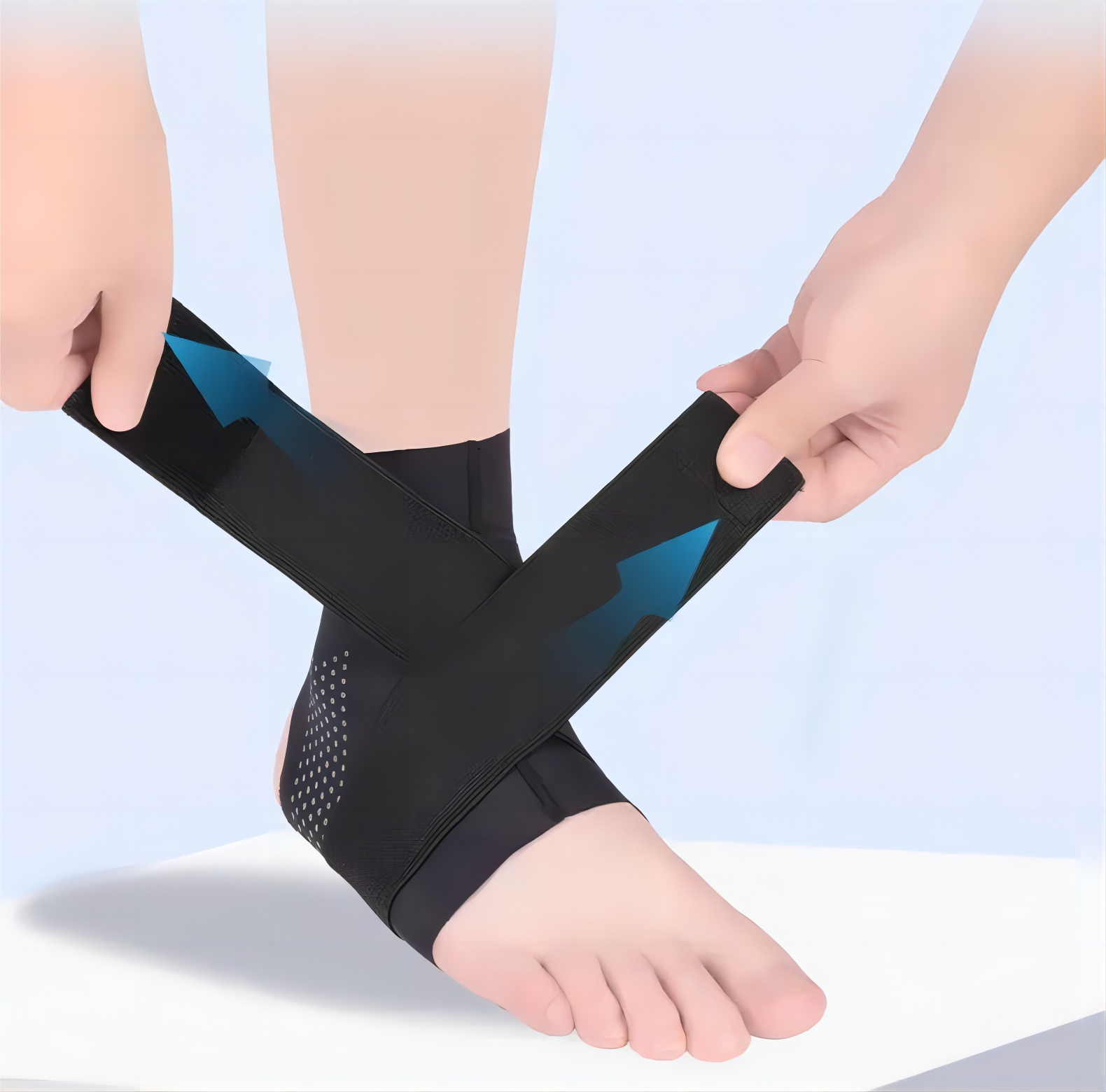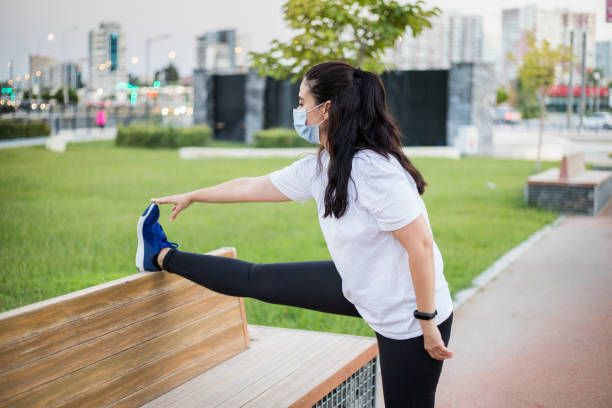john@lee-mat.com
+86-13510662576

GET QUOTE
Tips for Avoiding Ankle Sprains
Understanding Ankle Sprains
Definition and Causes of Ankle Sprains
An ankle sprain typically occurs when the foot is forced into an unnatural position, causing the ligaments to overextend or tear.
This can happen during activities that involve sudden changes in direction, jumping, or landing awkwardly.
And, inadequate warm-up or conditioning before physical activity can also increase the risk of sprains.
Impact of Ankle Sprains on Daily Life and Physical Activities
The consequences of an ankle sprain extend beyond the initial discomfort.
Besides pain and swelling, ankle sprains can significantly impact daily life and physical activities.
Simple tasks like walking or standing may become challenging, and participation in sports or exercise may need to be put on hold until the ankle heals.
Untreated or recurrent sprains also can lead to long-term complications, including chronic instability and increased risk of future injuries.
Understanding the nature and causes of ankle sprains is crucial for implementing effective prevention strategies.
By recognizing the scenarios that commonly lead to sprains and their potential impact, individuals can take proactive measures to reduce the risk of injury and maintain overall ankle health.
Importance of Proper Footwear and Ankle Support
Proper footwear and ankle support play a pivotal role in preventing ankle sprains and maintaining overall foot health.
Let's explore the key components that contribute to effective injury prevention:
Choosing the Right Athletic Shoes for Foot Type
Selecting appropriate athletic shoes tailored to your foot type is essential for minimizing the risk of ankle injuries.
Individuals with pronated feet or low arches should opt for shoes that offer adequate arch support and stability.
On the other hand, those with high arches may benefit from shoes with extra cushioning to absorb shock and reduce strain on the ankles.
By choosing shoes that align with your foot's natural biomechanics, you can enhance comfort and reduce the likelihood of overuse injuries.
Introduction to Ankle Braces and Wraps for Additional Support
Except proper footwear, ankle braces and wraps offer an extra layer of support and stability for individuals prone to ankle sprains.
These devices provide compression and immobilization, reducing the risk of excessive joint movement and protecting against sudden twists or impacts.
Ankle braces are particularly beneficial for athletes recovering from previous injuries or those with underlying ankle instability.
By incorporating ankle braces or wraps into your preventive routine, you can enhance ankle support and confidence during physical activity.
By prioritizing proper footwear selection and incorporating additional ankle support measures, individuals can significantly reduce the risk of ankle sprains and maintain optimal foot and ankle health.
Investing in quality athletic shoes and utilizing ankle braces or wraps as needed are essential steps in minimizing injury risk and enjoying a safe and active lifestyle.
Pre-Activity Preparation
Prior to engaging in any physical activity, proper preparation is essential to reduce the risk of ankle sprains and other injuries.
Let's explore key pre-activity strategies that promote injury prevention and enhance overall performance:
Warm-up Exercises to Prepare Ankle Muscles and Ligaments
Warm-up exercises are crucial for priming the muscles and ligaments around the ankle joint, preparing them for the demands of physical activity.
Dynamic stretches, such as ankle circles and toe flexion with resistance bands, help improve flexibility and range of motion while increasing blood flow to the muscles.
Besides, walking or jogging for a few minutes can further warm up the body and promote optimal muscle function.
Importance of Cross-Training for Overall Muscle Conditioning and Injury Prevention
Cross-training incorporates various activities targeting diverse muscle groups and movement patterns, fostering balanced muscle development and minimizing overuse injuries.
Adding activities like swimming, cycling, or strength training to your routine prevents muscle imbalances and boosts overall conditioning.
Diversifying workouts with complementary activities reduces the risk of repetitive stress injuries such as ankle sprains.
Prioritizing cross-training in your fitness regimen ensures comprehensive muscle conditioning and aids in injury prevention.
Strengthening and Flexibility Exercises
Engaging in regular strengthening and flexibility exercises is crucial for maintaining optimal ankle health and reducing the risk of sprains.
Let's explore key exercises that target muscle stability, enhance range of motion, and improve balance:
Ankle Strengthening
Focus on muscles around the ankle joint like calves, tibialis anterior, and peroneals.
Exercises include calf raises, resisted inversion, and eversion.
These build strength and stability, reducing sprain risks.
Flexibility Routines
Stretch calf muscles, Achilles tendon, and plantar fascia.
Improve flexibility and reduce stiffness with targeted stretches.
Dynamic stretches like ankle circles and resistance band exercises enhance range of motion.
Balance Exercises
Improve stability and proprioception with exercises like single-leg stands and balance boards.
Enhance muscle engagement and reduce fall risks.
Incorporating balance work into training improves overall stability and coordination, crucial for injury prevention.
Conclusion
In the end, by incorporating these proactive measures into your fitness routine and prioritizing ankle health, you can reduce the risk of ankle sprains and enjoy a safe and enjoyable physical activity experience.
Let's take the necessary steps to protect our ankles and embrace the joys of an active lifestyle.


